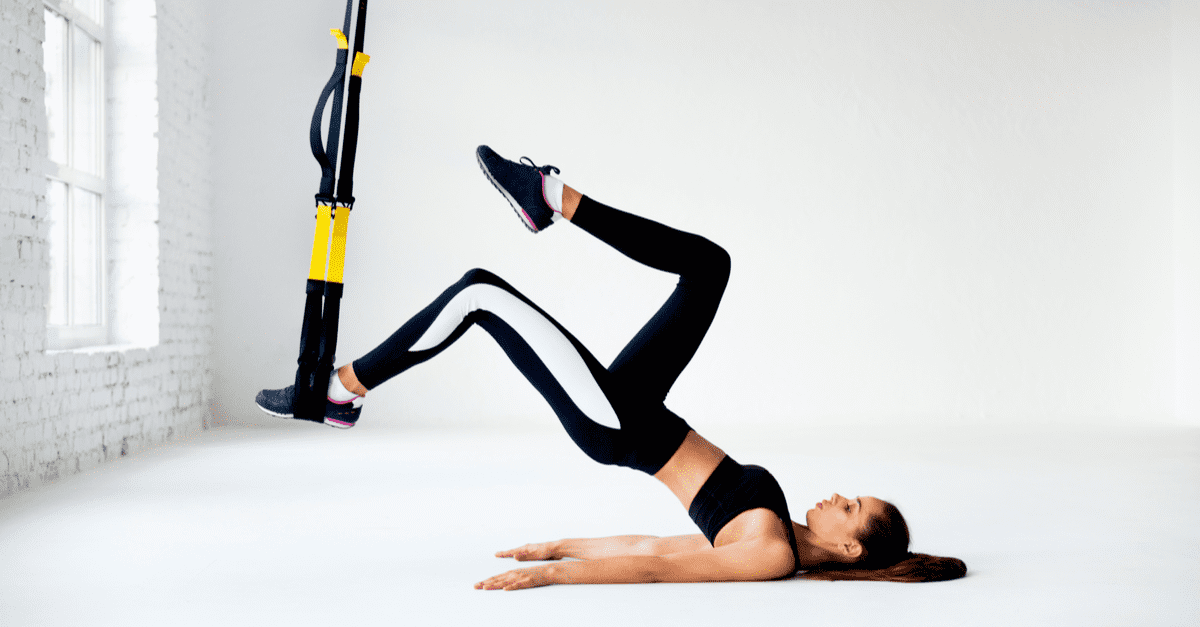A Beginner's Guide to Pilates: The History and Benefits
Pilates has taken North America by storm. While the workout was previously used to alleviate lower back pain and known to be costlier, it is now one of the most popular forms of exercise. In comparison to yoga — the studios in which Pilates is often taught — Pilates is still a considerably new form of exercise, with its origins tracing back to World War I. Its many benefits, however, have cemented Pilates as a terrific addition to any workout plan. Here’s a quick beginner’s guide to Pilates.
A Brief History
Developed by Joseph Pilates in the 1920s, this system of exercises was created with the intent of strengthening the mind and body. According to Joseph, who experienced chronic lower back pain, the inspiration came to him when he was held at an internment camp during World War I. Over the years, he would incorporate equipment (which he called “apparatuses”) and eventually move to New York to teach his method of exercise.
Pilates grew steadily in popularity over the following decades, attracting the interest of many Hollywood celebrities and, subsequently, the media. Today, there are numerous Pilates studios all over the world that teach both “Modern” Pilates”, derived from original teachings, and “Classical Pilates”, which aims to preserve Pilates as Joseph Pilates once taught it.
The Six Principles
All Pilates classes, while they may differ from studio to studio, are based on six core principles. The Pilates community has adopted and adapted these principles, with some of Joseph Pilates’ studios introducing additional principles over time. The six original principles are: concentration, control, centre, flow, precision, and breathing.
The principles were created to allow Pilates practitioners to get the most out of their exercises. Concentration, centering, and control are similar in that they ask students to be aware of their bodies and to retain control despite the difficulty of a given Pilates move. Breathing helps you activate your muscles, while also keeping you focused. Precision is meant to ensure that you are practicing perfect form, and flow requires you to perform each move smoothly.
The Benefits of Pilates
While studies have debunked claims that Pilates can vastly alleviate lower back pain, Pilates is an excellent form of exercise to condition abdominal “core” muscles. With regular practice, one may also gain an increase in flexibility, muscle strength and tone, and better muscular control. Since many of the movements help to strengthen the core, some practitioners see an improvement in their posture and stability as well.
An outstanding quality of Pilates is that it’s suitable for everyone, young or old, beginner or advanced. While there are some forms of Pilates that are equipment-based, such as the spring-loaded resistance machine known as the “Reformer”, many exercises can be performed without any equipment and simply using your own body weight.
When selecting a studio for Pilates, find the best fit for your individual preferences and try a few introductory classes to see which you or your child like best. Before you commit, be sure to consider the quality and expertise of instructors as well. If you don’t feel like you’re getting an adequate workout with one instructor, perhaps join a different instructor’s class to make an informed comparison.
If you’re a Pilates instructor who runs a studio, Xplor Mariana Tek's pilate studio management software can help you keep your studio running smoothly. Learn more about the software by visiting Xplor Mariana Tek.
Do you practice Pilates? How did you get started? Let us know on Facebook and follow us on Twitter to stay up-to-date with all of your Xplor Recreation news.




